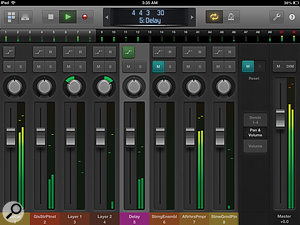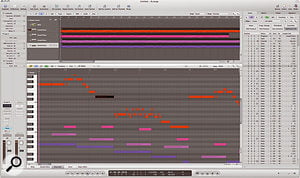Logic Pro X was released on July 16th, almost four years to the day after Logic Pro 9 — the longest that users have had to wait for a major new version in the product’s 21-year history. Apple switched Logic Pro from boxed product to download nearly two years ago, so it’s no surprise that Pro X is available only through the App Store. And whereas Logic Studio had previously sold for $499 and included additional applications such as Main Stage, Soundtrack Pro and WaveBurner, Apple unbundled Logic Studio when it moved to the App Store, making Logic Pro available for just $199 and Main Stage for $29.99, and discontinuing Soundtrack Pro and WaveBurner altogether.
And we have arrived.
I purchased MainStage 2 in early 2012. It was a wonderful introduction to the sounds and tools inside Logic. I spent a lot of time simply using my keyboard and playing with the various instruments. Outstanding.
Scarlett 18i6 showed up in March 2013.
In August 2013 I splurged on a copy of Logic. Time to rebuild the studio…
Scarlett crapped out in early 2016. Good thing for me 😉 That’s when I wound up using my XR18 as my audio interface.
Logic Remote! I can haz control surfaces.


